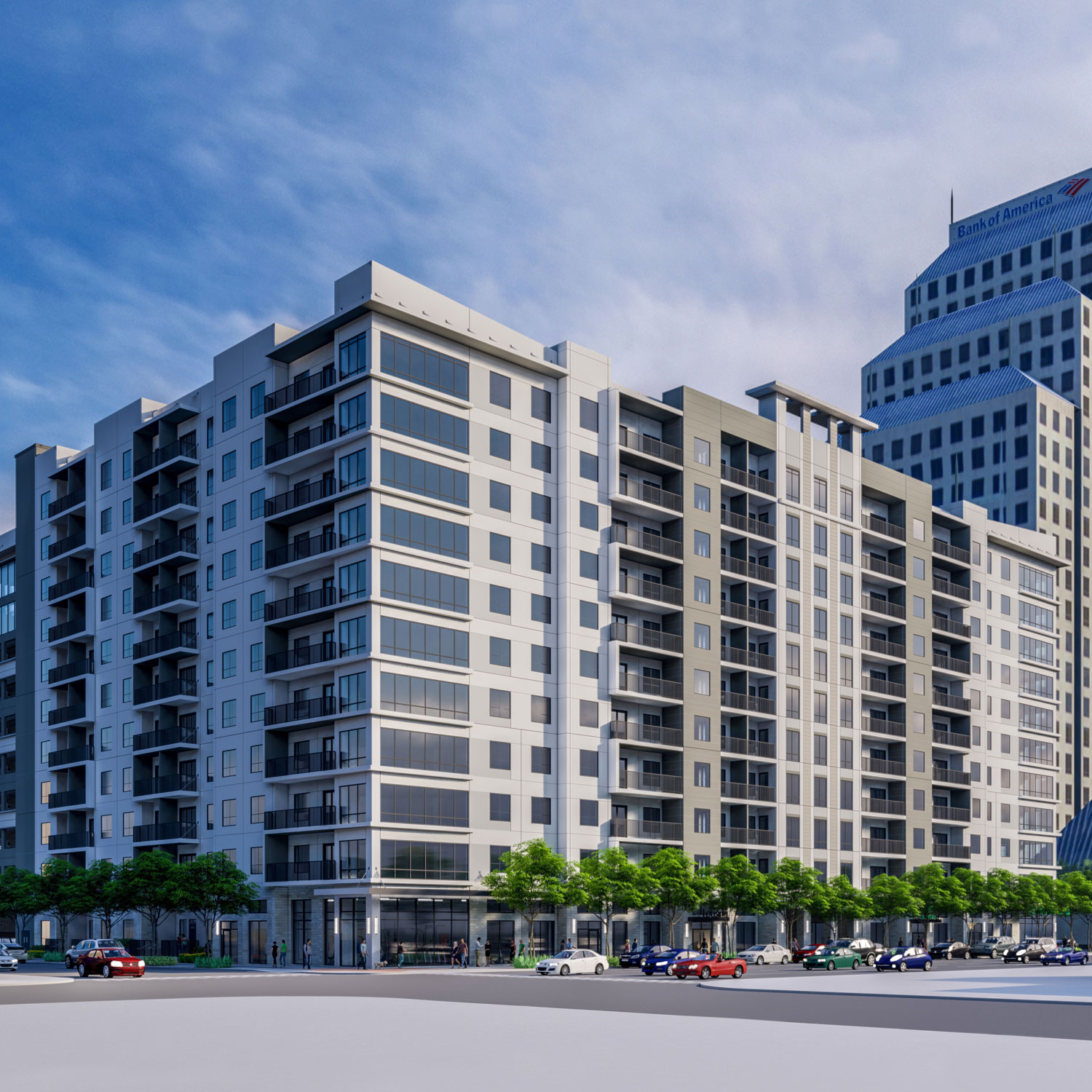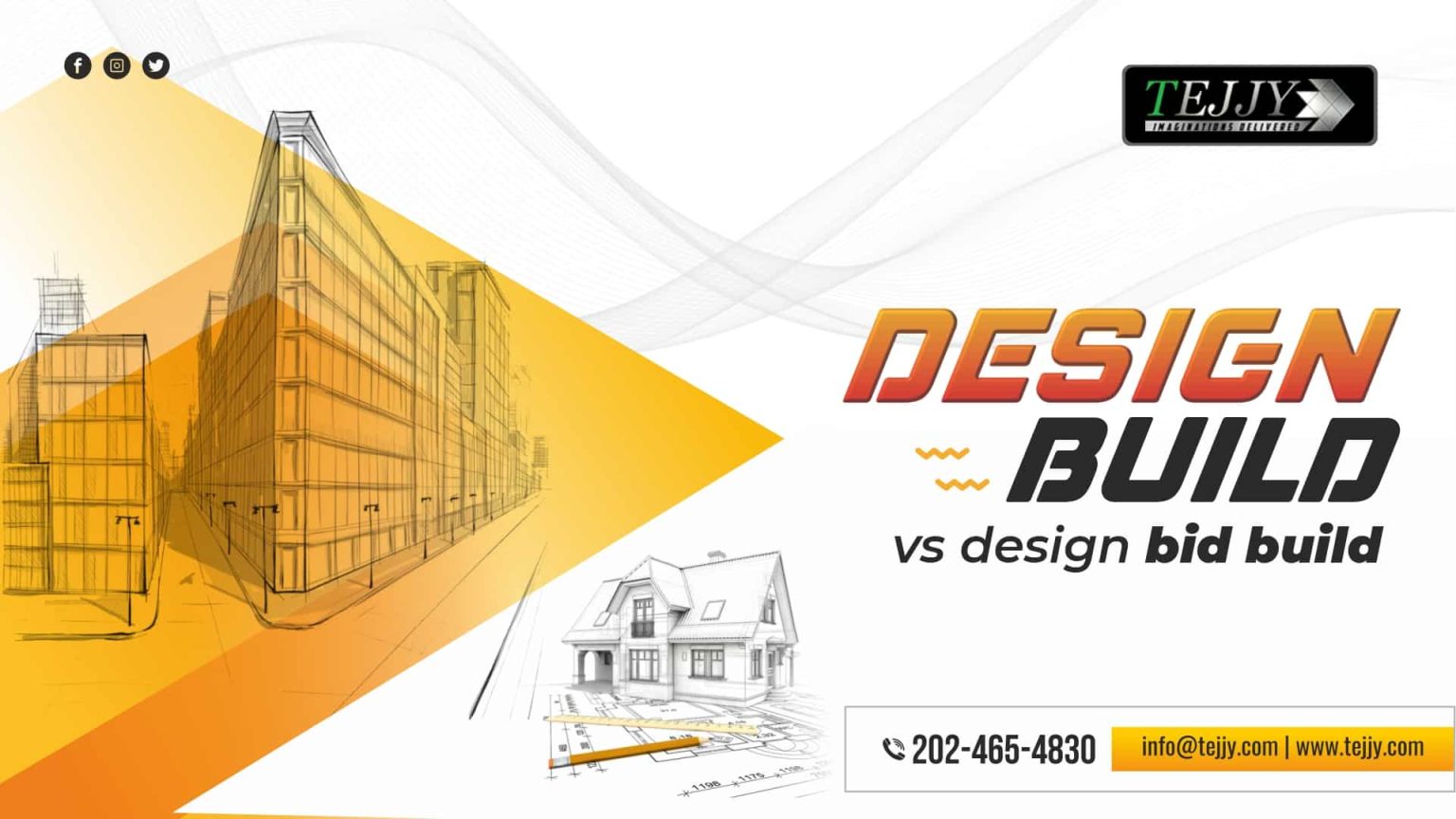Table Of Content
- Cost Efficiency in Focus: Design-Build vs. Design-Bid-Build Delivery Method
- What is so different between Design Bid Build and Design Build?
- Greater Responsibility on Owner
- Construction Delivery Methods Head to Head: CMAR vs. Design-Build
- Project conception and feasibility
- The Benefits of e-Bidding Software
- Design-Bid-Build vs. Design-Build: Determining the Suitable Delivery Method

With the contractor not involved in the design process, issues that could have been addressed earlier often will come to light later. Since the designer and contractor are hired separately, you have a lot more control over the pricing of your project. Once you find a designer that fits your price range and can produce what you’re looking for, you get to pick the contractor bid. From start to finish, you can control how much or little you’re spending.
Cost Efficiency in Focus: Design-Build vs. Design-Bid-Build Delivery Method
Design-bid-build offers clear benefits, especially with a well-defined project scope. The Burj Khalifa, the world’s tallest skyscraper, in Dubai, opened to the public in 2010. It followed the DBB model to realize the vision of leaning on the Islamic architecture of the region. Design was a big focus and was delivered by Skidmore, Owings & Merrill, the same firm that delivered Chicago’s Sears Tower.
What is so different between Design Bid Build and Design Build?
As soon as a portion of design is complete, it can be released for construction, so building is happening simultaneously with design. While DBB doesn't benefit from early contractor input, stakeholders on a DBB project can benefit a great deal from clear, consistent, and organized communication surrounding all aspects of the project's progression. Further, the contractor should maintain open books for the owner to check the current schedule, budget adhesion, and any expected delays. Open communication can go a long way to avoiding or minimizing disputes on a project. E-Bidding platforms like our own Bid Express have begun to incorporate scoring and evaluation features to make them flexible enough to use for both design-build and unit price contracts. In this article, we’ll review the differences between these two contract types and outline how e-bidding software is being used for design-build proposal evaluation.
Greater Responsibility on Owner
Because there is no contractual obligation between the contractor and the architect, the contractor notifies the owner if new development requires design changes or adjustments. The design-bid-build system is suitable for an owner who wants involvement in every aspect of the project. The Michelle and Barack Obama Sports Complex (formerly called the Rancho Cienega Sportsplex) in Los Angeles was delivered by design team Studio Pali Fekete Architects and general contractor Pinner Construction in 2022.
Since architects aren't involved in the execution and implementation phase they lack insight on product availability, fluctuating market costs, and coordinating logistics. They may design a solution without considering the current price of copper, systems that may be backordered, etc. Not accounting for this can lead to delays and additional costs from expedited shipping and re-designs.
Even with these limitations, the popularity of Design Build projects will likely continue to grow across the country, since they offer some significant benefits for project owners and design builders. As opposed to DBB, design-build is a newer project delivery method that does not include clear compartments between the owner and the builder. Contractors come in much earlier during the process and collaborate with the design team. Design-build has become quite a popular alternative to the traditional design-bid-build construction delivery model for many project owners.
Study Shows Popularity of Design-Build Contracts Grows - Engineering News-Record
Study Shows Popularity of Design-Build Contracts Grows.
Posted: Wed, 29 Sep 2021 07:00:00 GMT [source]
The Benefits of e-Bidding Software

“A qualified construction manager can represent the owner’s interest and manage this delivery method with equal effectiveness,” Rutledge said. When a design is commissioned and approved, the “Build” phase then goes out to Bid. You send out an RFP to hopefully qualified builders, who then need to interpret the Design you are showing them, who will then in turn try to interpret costs to the best of their ability. Every construction project — whether a small-scale residential renovation or an extensive municipal development — requires a contract.

A recent study by Penn State compared the design-build versus the design-bid-build approach and found that the design-build projects had a 6% reduction in change orders, delivered 33% faster and cost 6% less. You’ve selected the site, secured funding, and are ready to choose your project team. We break down two different types of delivery methods and discuss which one will add more value to your project in the long run. Technology has already made a significant impact in delivering efficient construction projects. Owners will pull in the expertise of a design-build team to form early visual representations of the project through building information modeling (BIM) and virtual design and construction (VDC). Early collaboration could give design-build teams a leg up because this early collaboration offers better insights into project design, scope, budget, and timeline.
Contract documents
The difference between design-build and design-bid-design is that in design-build, the contractor oversees both design and construction. The contractor engages the architect in design-build and sees to the execution by subcontractors. The design phase is where the owner hires an architect to design the building. The architect produces bid documents which include construction drawings and technical specifications. These are what contractors will bid on for the construction of the project.
This article provides a basic overview of the design-bid-build and design-build delivery methods. The Design-Build method promises a cohesive, collaborative effort between contractors and sub-contractors. It allows the parties, the design-builder and subconsultants, to work together on the design, which in an ideal world of design and construction expertise, should provide for a shorter timeline.
Due to the design-build process combining the design and bidding processes, you can expect DB to come at a lower cost to you. In most cases, the designers, consultants and subcontractors are all part of one organization, allowing them to “bundle” their services for a discount. This is great news for you, as you can pay less for the same services, and good for them, as it helps them better advertise their services. Developers with a proposed project, no matter what it is, want to spend within their budget. Obviously, the best delivery method is the one that promises to be the cheapest. Many assume Design-Bid-Build is the best option as it allows for choosing the lowest bidder(s) for the project.
Our team of experienced project managers and engineers can develop a plan that fits your organization's needs, budget, and timeline. Recently, the design-bid-build method has been challenged due to the disadvantages listed above. Design-build is proving to deliver a better balance between cost and quality.
By comparison, the design-build method puts the contracting and design specialists on the same team alongside the owner. Information sharing the cooperation becomes the default, so recommendations to the owner are unified and based on the owner's specs and budget. A design-build firm coming in for a single project contract can handle all budgeting, contracting, and design aspects. The owner still identifies stipulations and requirements for the project, but may have the opportunity to take a back seat during later stages, merely signing off approvals during the remainder of the project's completion.
No comments:
Post a Comment